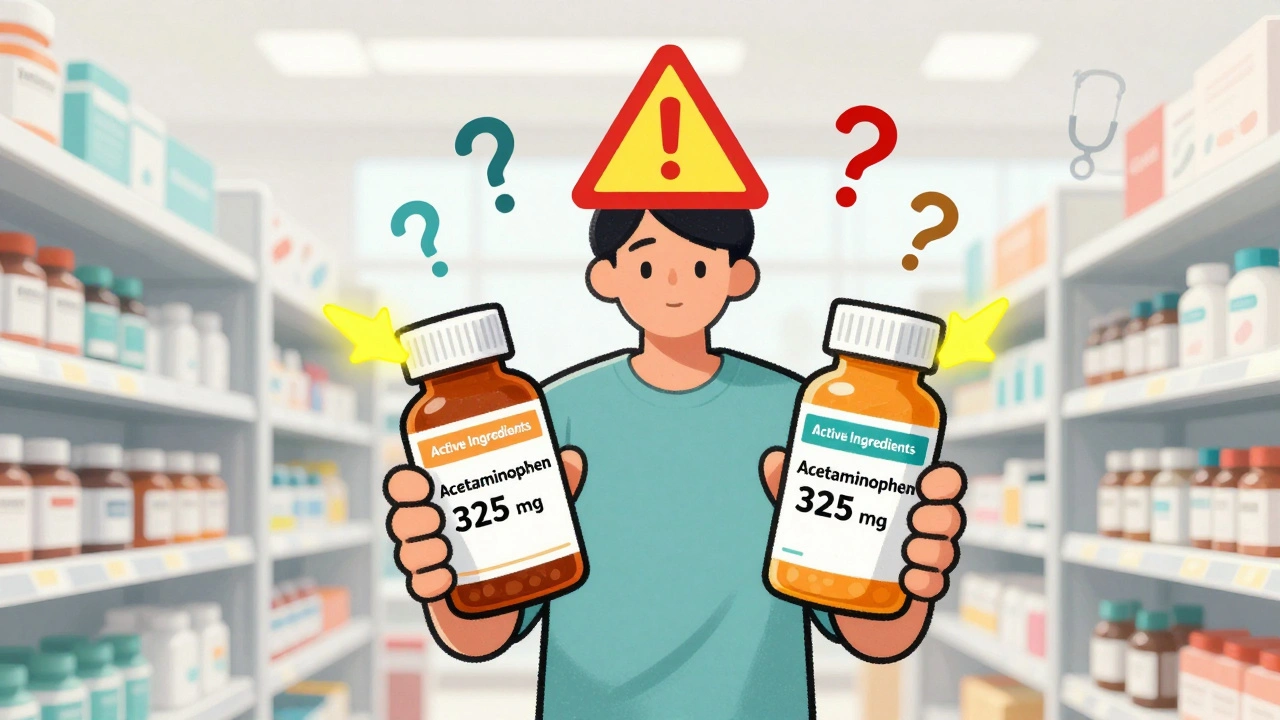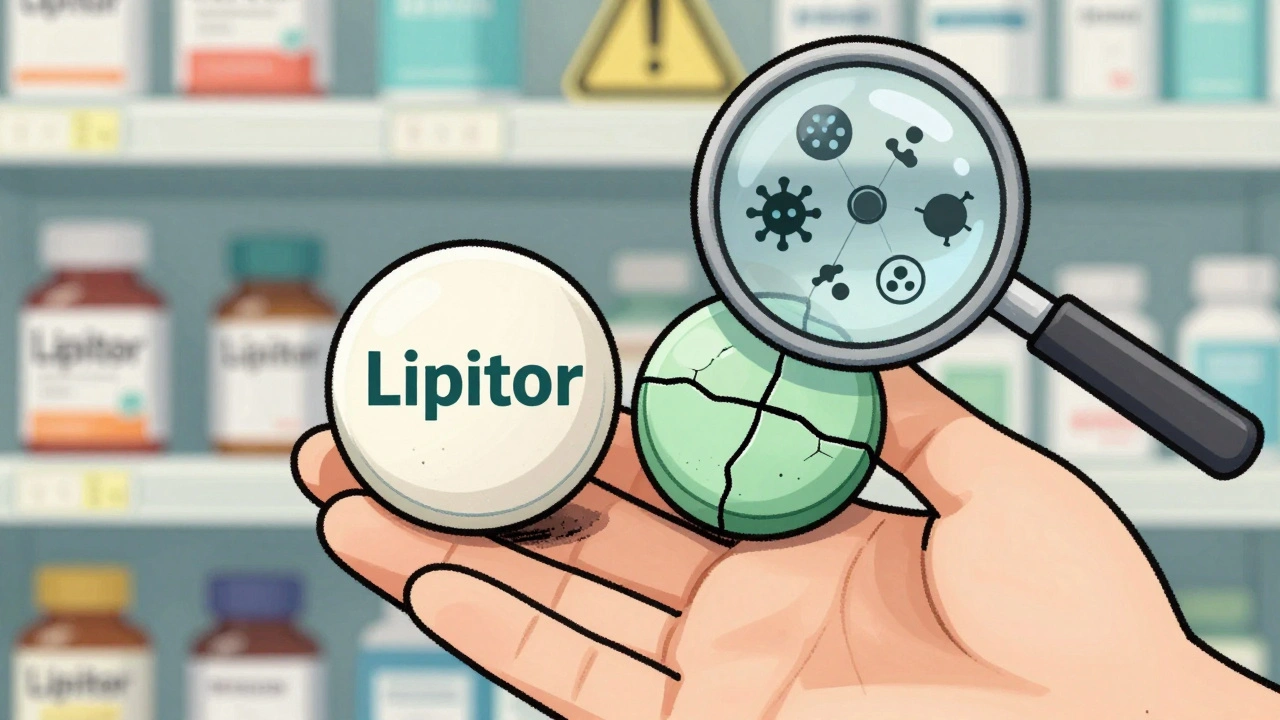Fucidin Cream – Uses, Safety & Practical Advice
When working with Fucidin cream, a topical antibiotic that contains the active ingredient fusidic acid. Also known as fusidic acid cream, it is designed to combat skin infections caused by susceptible bacteria. The formulation is a smooth, white ointment that spreads easily and leaves a thin film over the treated area.
In the same breath, it’s helpful to understand the role of fusidic acid, a steroid-like antibiotic that disrupts bacterial protein synthesis. This mechanism makes the drug especially effective against gram‑positive organisms such as Staphylococcus aureus. When the cream reaches the infection site, fusidic acid binds to elongation factor G on the bacterial ribosome, halting the growth of the pathogen and allowing the body’s immune system to finish the job.
What You Need to Know About This Topical Antibiotic
Most people turn to bacterial skin infection, a condition that ranges from minor impetigo to deeper cellulitis caused by harmful bacteria when they notice redness, swelling, or pus on the skin. Common culprits include impetigo, infected eczema, and small cuts that have become contaminated. In many cases, Staphylococcus aureus and sometimes Streptococcus pyogenes are responsible. Fucidin cream targets these bugs directly, offering a focused treatment without the systemic exposure of oral antibiotics.
Because Fucidin cream belongs to the class of topical antibiotics, medicines applied to the skin surface to treat localized infections, proper usage is key to success. Clean the affected area with mild soap and water, gently pat dry, and apply a thin layer of the cream. Covering the site with a sterile dressing can improve absorption, but only if the dressing is breathable and changed regularly. Overuse or prolonged use can encourage antibiotic resistance, so it’s best to stick to the prescribed duration, typically 5‑7 days for uncomplicated cases.
Safety considerations are just as important as efficacy. Most people tolerate Fucidin cream well, but some may experience mild irritation, itching, or a transient burning sensation. These side effects usually fade after a few applications. The cream should not be used on large, deep wounds, burns, or on broken skin that is heavily exudating, as absorption can be unpredictable. Pregnant or nursing individuals should check with a healthcare professional before starting treatment, although current data suggest low systemic risk when used as directed.
When it comes to Fucidin cream, the bottom line is that it offers a targeted solution for many superficial bacterial infections while minimizing systemic exposure. Knowing how the active ingredient works, which infections it’s best suited for, and the correct way to apply it can make the difference between a quick recovery and a lingering problem. Below you’ll find a curated set of articles that dive deeper into related topics—from choosing the right antibiotic for resistant strains to practical tips for wound care and managing side effects. Explore the collection to get the full picture and make informed decisions about your skin health.

Fucidin Cream vs Topical Antibiotic Alternatives: A Detailed Comparison
A clear, practical guide comparing Fucidin cream with mupirocin, clindamycin, neomycin and bacitracin, covering uses, costs, resistance and safety.





